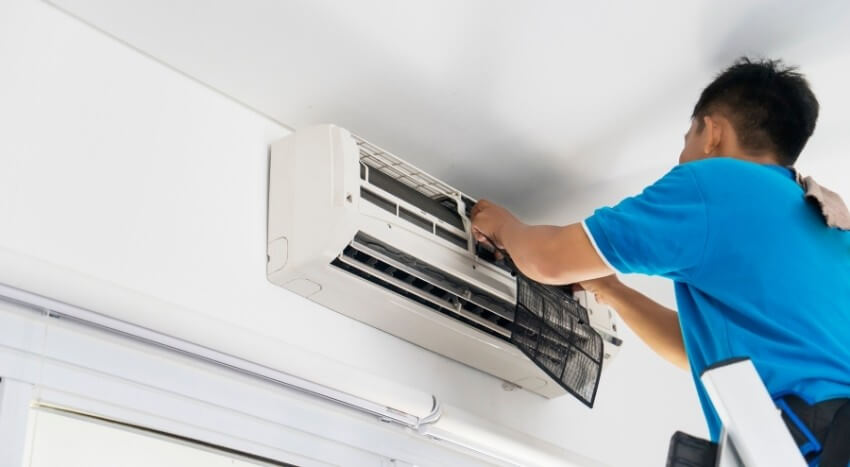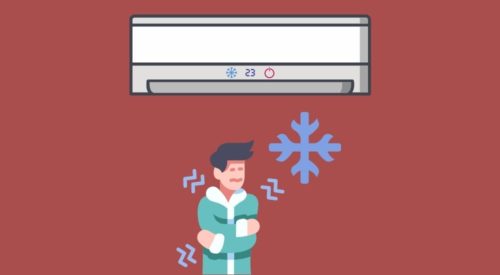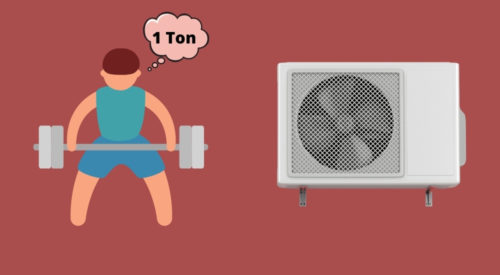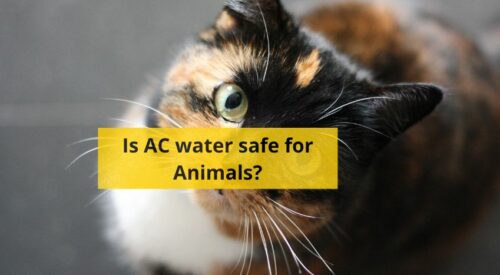From time to time our AC often gets into some trouble and we try to figure out the underlying cause and get it fixed asap.
After all who wants to go through the hot and humid summers.
Here I have listed the most common air conditioner problems of all. You must have come across any one of them at least once in your lifetime.
Air Conditioner problems
- AC not cooling
- AC is not Turning ON
- Ice formation in ac
- Water Leakage from AC
- Fan Not Working
- Low Refrigerant Gas
- Faulty Thermostat
- Circuit Breaker Tripping Repeatedly
Below you will find each issue in depth.
1. AC not cooling
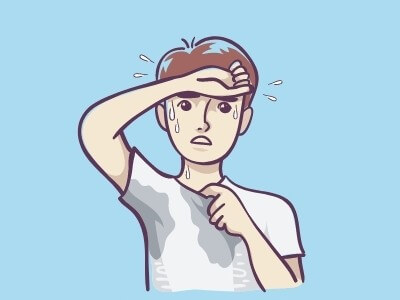
This is the most common issue seen in all types of air conditioners.
Providing cool and chilled air is the main function of an AC. If it fails to do so then it is of no use.
An AC works on the mechanism of refrigeration to make the room air cool.
Any fault in the appliance which restricts this process to work at its optimum efficiency should be identified and fixed for its proper working.
There can be other reasons for poor cooling of your AC like restricted airflow, undersized AC, or too old ac, etc
Solution: The fix for this issue depends on the exact cause. Identify the cause first. Most probably it will be either low gas or clogged, dirty filters.
2. AC is not Turning ON
One day you wake in the morning feeling uncomfortable and uneasy from the humidity in the room.
You noticed that your AC has stopped working and now it is not turning ON even after repeated tries.
Your thermostat is working fine and is set to some low-temperature setting still your AC won’t run.
Either the power line is restricted or there is a fault inside the AC.
Power to the AC can be restricted by damaged MCB, tripped circuit breaker, blown fuse, incorrect wiring, etc
Inside faults can be issues with the compressor, damaged PCB, damaged fan capacitor, etc
Solution: It’s best to consult your aircon service company, or AC technician to determine the underlying cause.
3. Ice formation in ac
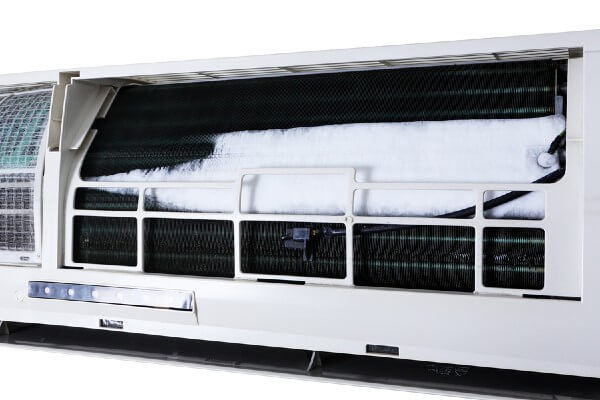
This is also a common issue seen in air conditioners.
In this, your AC develops ice on the evaporator coils.
This restricts the airflow and the room air does not get in contact with the evaporator coil to get cool.
The AC fails to cool the room at its best and it may also drip water from the indoor unit.
Most common reason for the same issue is choked filters, low gas, faulty temperature sensors.
Ice can also build upon the suction or discharge coil connected near the condenser unit, this indicates low gas.
Solution: Depends on the exact cause. Call an expert technician to examine the same
4. Water Leakage from AC
Your AC reduces the room humidity.
This humidity gets collected in the form of water in the condensate or water tray inside the indoor unit which further gets removed via the drain pipe.
If the drain pipe is clogged with dirt.
Then the water will gradually increase inside ultimately overflowing from the unit resulting in dripping of water.
The condenser unit can also drip some water. This happens when ice forms on the suction or discharge pipe near it.
For this low gas or bent pipe is the cause.
Solution: This usually happens due to a clogged drain nozzle and pipe. Clean and vacuum the drain pipe for proper water flow or call for professional help.
5. Fan Not Working

Both the indoor and outdoor unit in the split air conditioning system contains a fan to circulate the room air and remove the heat outside respectively.
If any fan stops working or runs slowly, the AC will fail to cool your room efficiently and the compressor will work with more effort, this can lead to its failure.
The compressor is the heart of any AC and if it is faulty then your AC is dead.
Solution: In most cases, the fan’s capacitor is found to be dead. Replace the capacitor with a technician’s help.
6. Low Refrigerant Gas
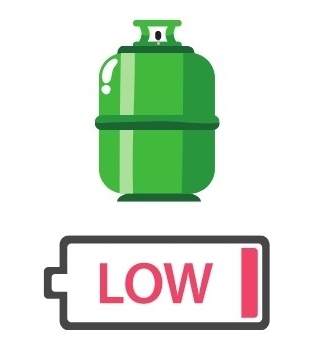
The refrigeration process, refrigerant, and compressor are key components in an AC.
If the gas is low then the AC will not work properly.
There is only one cause for low gas which is leakage caused by holes in the coil.
AC with low gas will consume more electricity and cool the room inefficiently.
To check low gas in your AC without a pressure gauge or wattmeter check this article.
Solution: Only an AC professional can identify low gas correctly using a pressure gauge. If this is the case then you need to get the leakage fixed first before gas refilling.
Also, you will have to check at the time of refill whether the technician has filled the gas correctly or not.
7. Faulty Thermostat
The thermostat inside the AC indirectly controls the cooling cycles.
It senses the room air temperature and signals the PCB the temperature readings further leading to change in the cooling cycle.
If it is old, or programmed incorrectly, or damages then it will disrupt the cooling cycles making the AC work inefficiently.
This may cool the room incorrectly, or the AC may keep on running leading to high power consumption.
Solution: Replace the Thermostat sensor.
8. Circuit Breaker Tripping Repeatedly
A circuit breaker saves any appliance from a power surge. At the time of high voltage, the circuit breaker switches OFF.
If your AC trips a fuse often this means the power plug, or wiring, or the circuit breaker is not rated for the air conditioner unit.
The MCB may be burnt from inside after long use and it may need replacement.
Solution: Contact an AC technician for the same.
Final Thoughts
Whether your AC is working properly or not.
You must get it properly serviced once or twice a year.
By doing so the probability of any malfunction that can happen in the future is reduced and the technician can identify the issue early.
Regular servicing makes the AC work at its optimum efficiency. This also prolongs its life and saves money.

